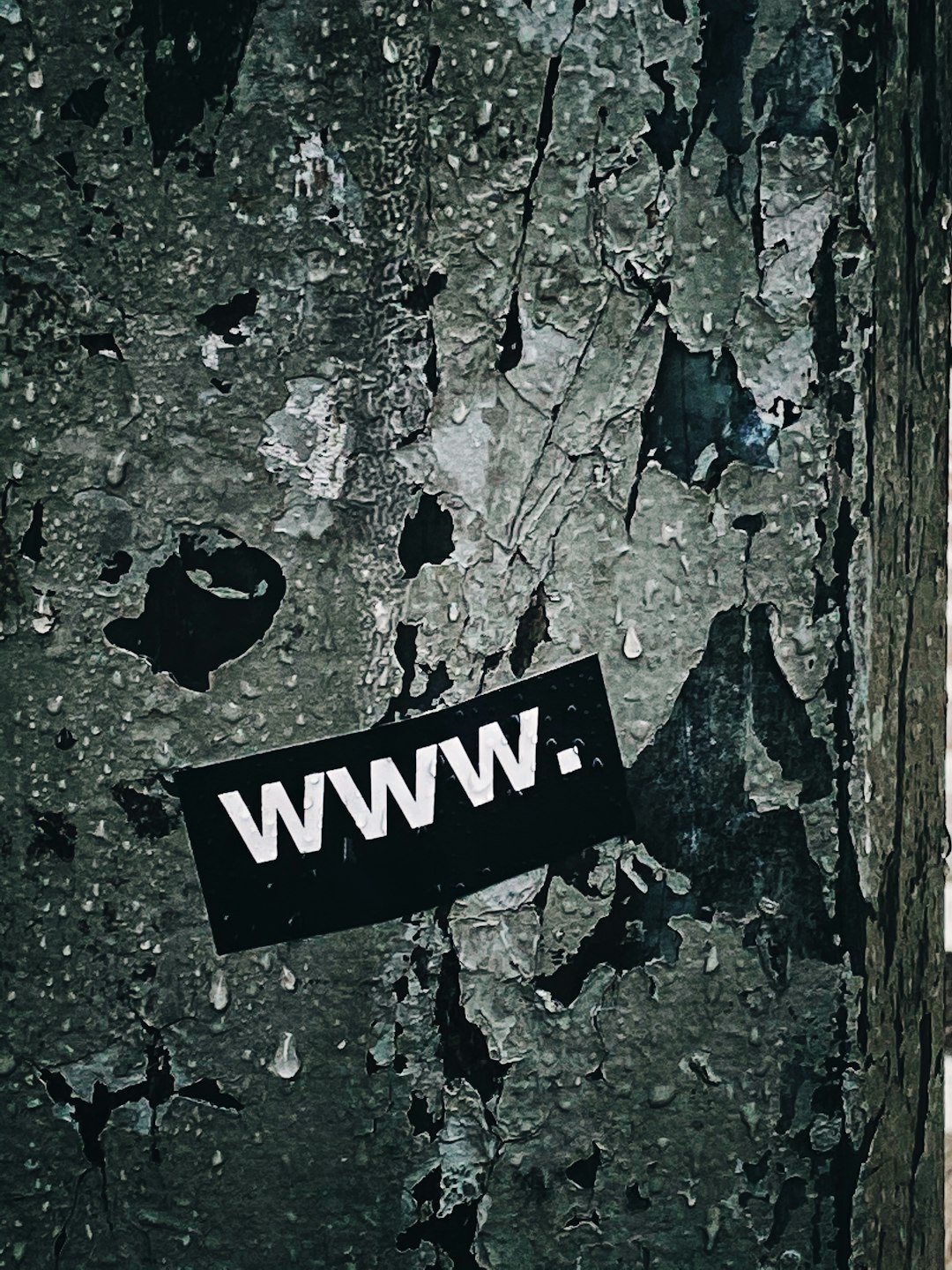In the age of e-commerce, marketplace platforms like Amazon, Etsy, eBay, and Shopify have revolutionized how we buy and sell. These platforms serve as intermediaries rather than direct retailers, meaning their brand identities must walk a careful line. How do you create a visual identity — especially a logo — that fosters trust and credibility among buyers while not competing with or overshadowing the sellers who actually provide the products?
Table of Contents
TL;DR
Marketplace logo design demands a delicate balance. These platforms must appear neutral and trustworthy to support sellers of all kinds, yet they also need to be memorable and distinct to stand out in a crowded digital world. A good logo communicates reliability without stealing the spotlight from individual vendors. Effective marketplace branding harmonizes with the broad spectrum of products it supports without coming off as generic or uninspired.
Why Seller Neutrality Matters
Marketplaces exist primarily to connect sellers with buyers. Unlike direct-to-consumer brands, their “product” is not a physical good but the platform itself. In this scenario, the company must appear impartial so that all sellers—whether you’re a handmade soap artisan or a high-end phone accessories reseller—feel equally represented.
Overly flashy or personality-heavy branding can create an impression that the marketplace favors a specific type of seller or niche. At worst, it could alienate potential vendors. A neutral identity maintains consistency and fairness, ensuring no one vendor seems more “aligned” with the platform than another.
But Neutral Doesn’t Have to Mean Boring
One of the biggest misconceptions in branding for marketplaces is that neutrality requires blandness. It’s important to distinguish between being neutral and being forgettable. Plenty of marketplace brands have succeeded in crafting logos that are clean and minimal without sacrificing memorability.
Consider these attributes that allow a logo to strike the right balance:
- Simplicity – A good logo must scale well across platforms, from app icons to TV screens.
- Color psychology – Neutral doesn’t mean devoid of color. Proper use of blues, grays, and accents can convey trust while maintaining visual interest.
- Typographic character – Custom or geometric typefaces can lend a logo distinctiveness while keeping it professional.
- Flexible identity – Some platforms design logos that adapt — showing sellers or categories subtly in dynamic formats.
Case Studies: The Spectrum of Marketplace Logos
Let’s take a look at how some well-known marketplace platforms navigate this landscape, from stark minimalism to playful abstraction.
Amazon
The iconic Amazon logo is a case study in balancing friendliness with trust. The black logotype is bold and readable, while the yellow arrow (smiling from A to Z) adds a human, almost playful touch. It communicates a promise — that everything from A to Z can be found here — while maintaining a serious, no-nonsense presence in its core type.
Etsy
Etsy’s wordmark feels intentionally handcrafted, echoing the individuality of its sellers. The choice of a serif font gives it a personal, boutique-like quality while staying simple enough not to overshadow the talents of independent artisans. It leans slightly into the niche but does so intentionally for its audience of handmade and vintage enthusiasts.
Shopify
Shopify’s logo combines a simple bag icon with a smoothly sans-serif typeface. Unlike Amazon or Etsy, Shopify operates more like the backend for independent stores, so its branding tends to err on the side of minimalism. The green-ish tone reflects growth and money — giving positive connotations for aspiring entrepreneurs using the platform.
eBay
eBay’s multicolor logotype is perhaps the most playful among major marketplaces. While some would argue it leans too colorful to be truly neutral, it works by using basic, primary colors and a restrained alphabetical structure. Its legacy shape and modernized color updates keep it relevant while nodding to the platform’s diverse product offerings.

How to Design a Marketplace Logo That Works
Whether you’re a startup founder launching a new marketplace or a designer tasked with revising an existing brand, here are the main takeaways to consider:
1. Embrace Scalability and Versatility
A good logo should work on both a mobile screen and a 50-foot billboard. Often, a combination of a symbol and logotype allows flexibility. The symbol can be used standalone as a favicon or app icon, while the full logo gives clarity on traditional and offline materials.
2. Serve the Platform’s Range
Ask yourself: who sells on your platform, and who shops there? Your logo must resonate with this wide range without skewing toward a particular demographic — unless your platform is explicitly niche. Visual neutrality ensures every seller feels equally valued. Think of your logo like a white gallery wall that lets the sellers be the artwork.
3. Infuse Subtle Character
Fine-tuned typography, meaningful symbols, and restrained color usage can bring a logo to life. Look for ways to express what your platform does without shouting. A calm charisma is often more long-lasting than quirkiness. For example, a stylized letterform or unique ligature might say more than an overcomplicated symbol.

4. Think About Motion and Interactive Use
Modern logos exist in dynamic contexts — apps, loading animations, hover states. Design your identity with some potential movement in mind. A subtly animated variation of your icon or a morphing color theme can keep your brand feeling fresh without redesigning it every year.
5. Align With Trust and Safety
Since marketplaces handle payments, shipping, and often customer disputes, the logo must give a sense of authority and security. Colors like blue (trust), green (growth), and gray (neutral professionalism) are often employed wisely. Avoid anything too gimmicky that might undermine user confidence.
Common Design Pitfalls to Avoid
Even with best intentions, marketplace logos can veer off track. Here are a few common mistakes:
- Over-personalization: Designing for your first 100 users, not your first million. A quirk that resonates early can date the brand fast.
- Too much abstraction: A mysterious symbol with no clear connection to what your platform does may intrigue designers but confuse users.
- Generic and soulless: Going so minimal that your identity feels indistinguishable from SaaS tools or B2B platforms.
- Ignoring accessibility: Logos must be readable and recognizable for all users, including those with visual impairments.
Looking Forward: Evolving With the Sellers
Marketplace branding should never stay completely static. The best logos are those that can evolve subtly with the platform — tweaking weight, color, or spacing while keeping the core identity intact. As technology and seller expectations shift, your logo should stay recognizable but adaptable.
We may see future marketplace logos that are more context-aware — logos that auto-customize color themes for users or adjust visuals based on the category browsed. Such designs would open up more expressive room while still holding neutrality at their center.
Conclusion
Designing a marketplace logo isn’t just about creating a pretty mark — it’s about setting the tone for every interaction on the platform. You’re walking a branding tightrope where neutrality and personality must coexist. When done well, a marketplace logo becomes the calm and consistent backdrop for thousands of sellers and millions of products.
So while seller neutrality may be non-negotiable, settling for blandness certainly isn’t. Great marketplace logos prove that you can be simple, impartial, and unforgettable — all at once.



